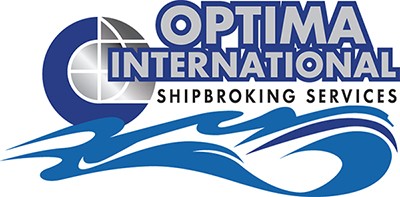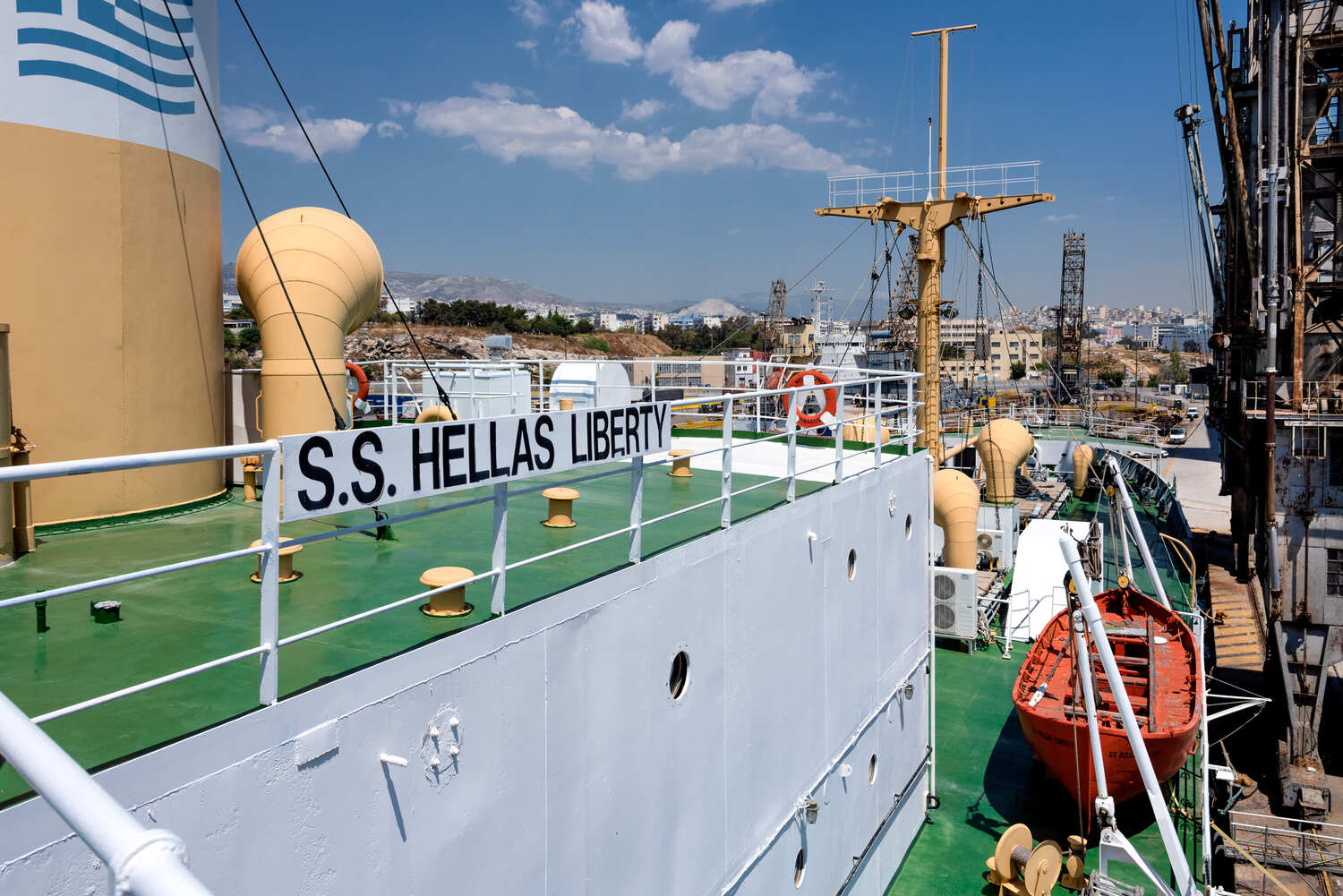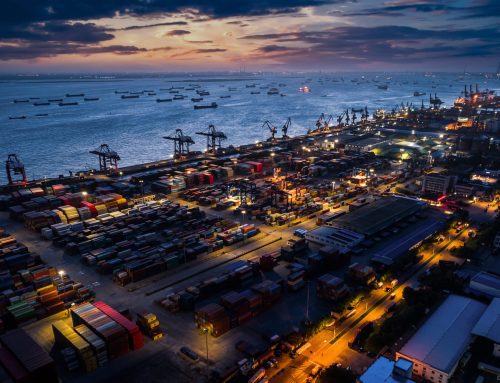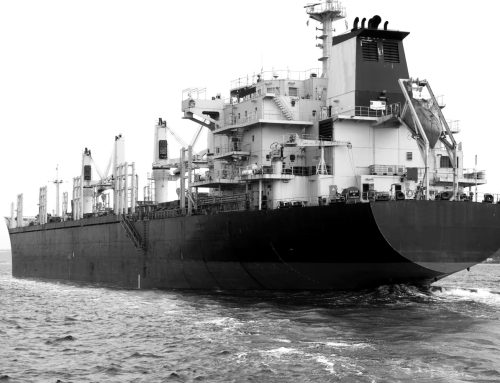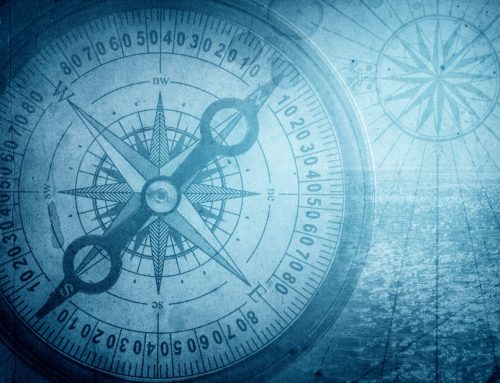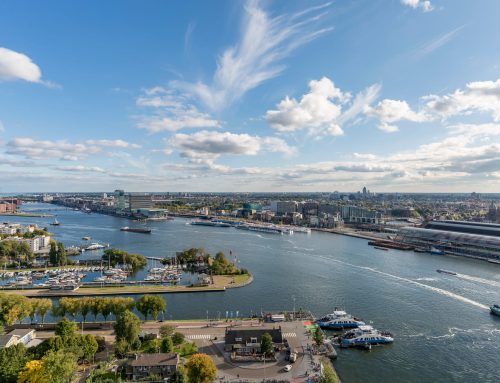Originally called “Ugly Ducklings,” the Liberty ships when built, were expected to last one trip and to have no economical life after the war. However, as the record shows, the Liberty ships labored long and hard during the war and dominated the ocean highways of the world for over ten years after the war. The symbolic name of “Liberty” was given to a class of single-screw, full scantling
type, with raked stem and cruiser stern cargo ship of about 10,000 tons which was originally conceived in Great Britain and massively produced in the United States in order to cover the increased transportation needs of the Allied forces, following the enormous losses caused by enemy action. Over 2,720 of these cargo ships were built in the U.S. over the course of four years. A production rate that could not be matched even with today’s advanced technology. The construction cost for each of those ships, depending on the shiyard they were built, ranged from 1,5 to 2 million USD.
For British shipyards naval vessels were of the highest importance and cargo ships were built at such a low rate that their losses by the hundreds couldn’t be replaced. In September 1940, the United Kingdom asked for American assistance in building replacements. The British mission arrived to Washington with the blueprints of general cargo vessel ‘Dorington Court’ built a year earlier by the Sunderland shipyard of J.L. Thompson & Sons Ltd. It was a standard British steamer, based on a design dating back to 1879, 134.5 meters in length overall, 17.4 meters in breadth, with cargo capacity of 10.500 tons and powered by a triple-expansion steam reciprocating coal-fired engine of only 2500 HP. So her maximum speed was under 11 knots. Liberties were built at 18 locations in the US, at brand new shipyards. 210 building berths emerged on the Pacific coast from Oregon and Washington to southern California, Atlantic coast from Maryland to Georgia and the Deep South, in the Gulf at Alabama, Louisiana, Texas and Florida. In inland America, hundreds of miles from the coasts, the complete industry was prepared for the enormous needs of mass production. Simplicity and adaptability were the motto of the Emergency Fleet Program. All ship’s sections, parts and equipment, over 30 thousand components, were adapted to prefabrication, transported by railroad to the yards and assembled in the shortest possible time. It was said that these new shipyards were merely assembly plants for ships. So it was noted that these revolutionary new shipyards lacked the regular shipbuilding tools and equipment! Furthermore, all parts of the future ships were adapted to welding. All European and Japanese shipyards relied on riveting and welding was rarely used, especially on ocean-going ships. The American experience with welding was likewise scarce, but it was the only way to build such a huge fleet in an extremely short time. Almost unbelievable building records were set and surpassed again and again. The initial design was modified by the U.S. Maritime Commission to conform to American construction practices and to make it even quicker and cheaper to build. The new design replaced much riveting, which accounted for one-third of the labor costs, with welding. No attention was paid to how welding would affect the structure.
During World War II, Brunswick shipyards bustled with activity critical to America’s war efforts. Between 1943 and 1945, the shipyard built 99 of these 447-foot cargo vessels. With no name painted on their bows thus preventing the enemy from detecting the vessels' mission or cargo, these ships sailed the Atlantic and Pacific loaded with equipment and supplies.
The dedication of the men and women of the shipyards was best exemplified during December 1944. Receiving word that the Navy would require six ships during that month, the shipyard workers, instead, guaranteed seven and requested that they not be paid for the extra work required including work done on Christmas Day!
The story of the Liberties didn’t end with their disappearance from the sea routes. Their role in shipping was so strong and important that shipbuilders around the world raced to offer ships called Liberty Replacements. Japanese shipbuilders were pioneers in the development of standard ships designed for mass production, being easier and cheaper to build and use
Today only three Liberty ships survive: two in the U.S. and the SS HELLAS LIBERTY here in Piraeus. SS Hellas Liberty is Liberty class ship launched in 1943 by ST. John’s River Shipbuilding Company. She was converted into a pipe carrier in 1944 and used in the construction of a fuel pipeline under the English Channel following the Normandy landing. After the war she was laid up. She was chartered by AT&T in 1956 and converted into a cable ship. In 1957 she was transferred to the US reserve fleet until 1964. Later she was classified as a barge and again laid up at the James River in 1983. After that many components including the rudder were removed and used as spare parts for the SS “JOHN W. BROWN”.
In 2008 she was transferred to Greece for conversion to a maritime museum and was renamed Hellas Liberty. On December 6, 2008 she left Norfolk, Virginia under tow for Piraeus harbour in January 2009. She was towed into Piraeus harbor on January 2009, General repairs and conversions took place at Perama and Skaramanga shipyards, including the installation of a new rubber, propeller, derricks and lifeboat. In summer 2010 she was presented to the public in her newly restored condition at Piraeus harbor.
